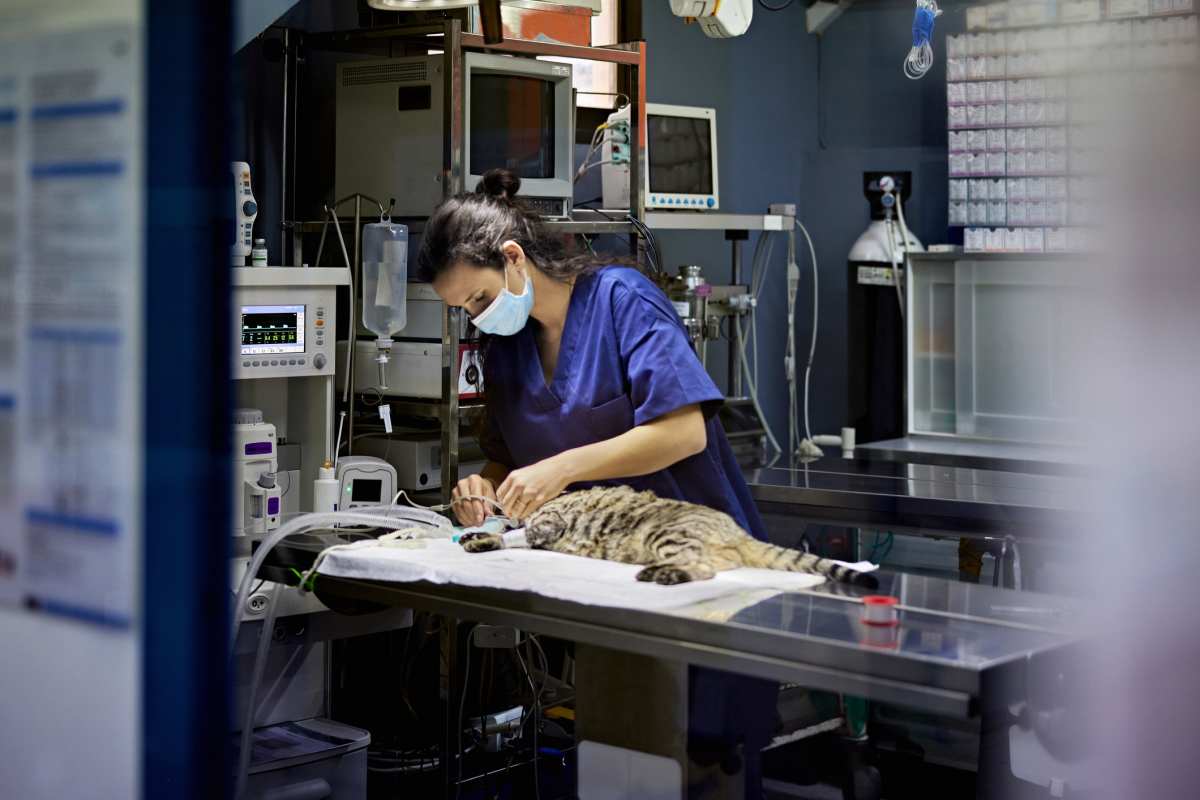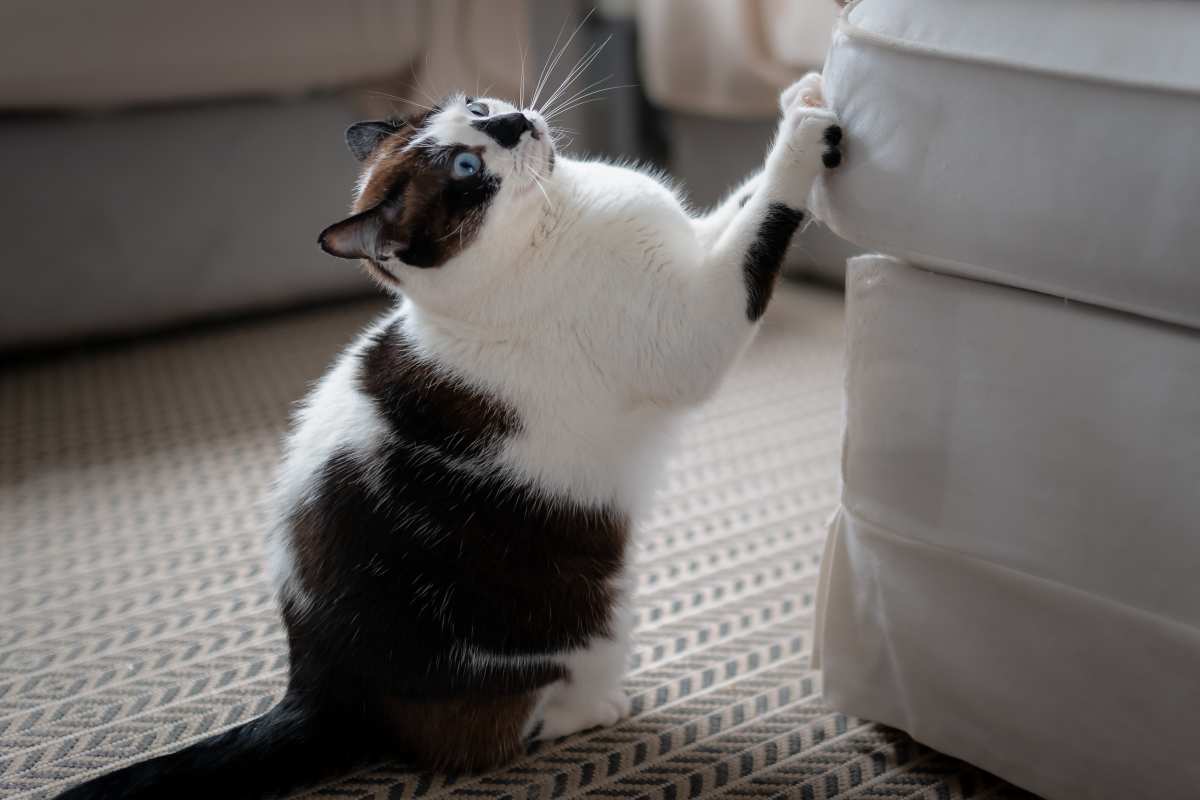This US state may soon ban the controversial practice of cat declawing — with only one exception

For many pet owners, keeping their homes scratch-free while caring for their furry friends is a constant balancing act. Some once saw declawing cats as a quick solution, but attitudes around the practice have shifted in recent years. Now, one U.S. state may be taking a big step toward ending the procedure for good.

As reported by ABC10, California lawmakers are considering a statewide ban on cat declawing, nearly 20 years after West Hollywood first outlawed the practice. The new bill was introduced by Assemblymember Alex Lee, who is also a cat owner. “I would never imagine, even if sometimes they scratch me, ever cutting off their fingers. Basically, it’s crazy,” Lee said of his cats, Udon and Soba. And the experts agree. Dr. Erik Olstad, assistant professor at UC Davis’ veterinary school, explained that declawing is not just a nail trim; it’s a serious surgery. “We're removing the last knuckle off of the digits of the cat, which, imagine if someone removed all the first knuckles off of all the farthest away points of your fingers,” he said.

Declawing was once common, mostly to protect furniture from being scratched. But over time, the risks became clearer. California’s veterinary schools no longer teach it, and places like New York and Maryland have already banned the procedure. Dr. Olstad said the surgery can lead to long-term pain and mobility issues for cats. At UC Davis, their clinic no longer performs it. However, the bill would still allow the surgery in exceptional cases, such as when a cat has a serious claw infection. But it would stop the procedure from being used for convenience or cosmetic reasons, with oversight provided by the California Veterinary Medical Board.

Not everyone supports the proposed law. The California Veterinary Medical Association argues that vets already regulate themselves and that the practice has already faded from common use. They also worry that if lawmakers step in now, it might open the door for future legislation that veterinarians may not agree with. Still, others in the field feel a law is necessary. Dr. Laurie Siperstein-Cook, who oversees shelter medicine at the Sacramento SPCA, said, “(The opposition) feel like the veterinary organizations regulate us veterinarians well enough, but in my experience on this one subject, we need help from the government to say this is cruel and unusual treatment of cats.”

Siperstein-Cook and Olstad both say there are safer and more humane ways to prevent cats from damaging furniture. Nail trimming, scratching posts, and claw caps can all help. Siperstein-Cook said, “The other thing you can do is have enough scratchers that are appropriate for that cat's desires. Some cats prefer vertical, some cats prefer horizontal, some cats prefer rope, some cats prefer carpet... It's a normal behavior that they need to do for their own muscles and welfare.”
According to PetMD, other tricks include using citrus sprays, double-sided sticky tapes or plastic covers on furniture, and placing scratching posts near favorite spots. The bill passed with bipartisan support and now waits for Governor Newsom’s signature. “I think it sends a more clear message (to) the veterinarians across the nation and hopefully pet parents as well that this is not something they should seek,” Lee remarked.